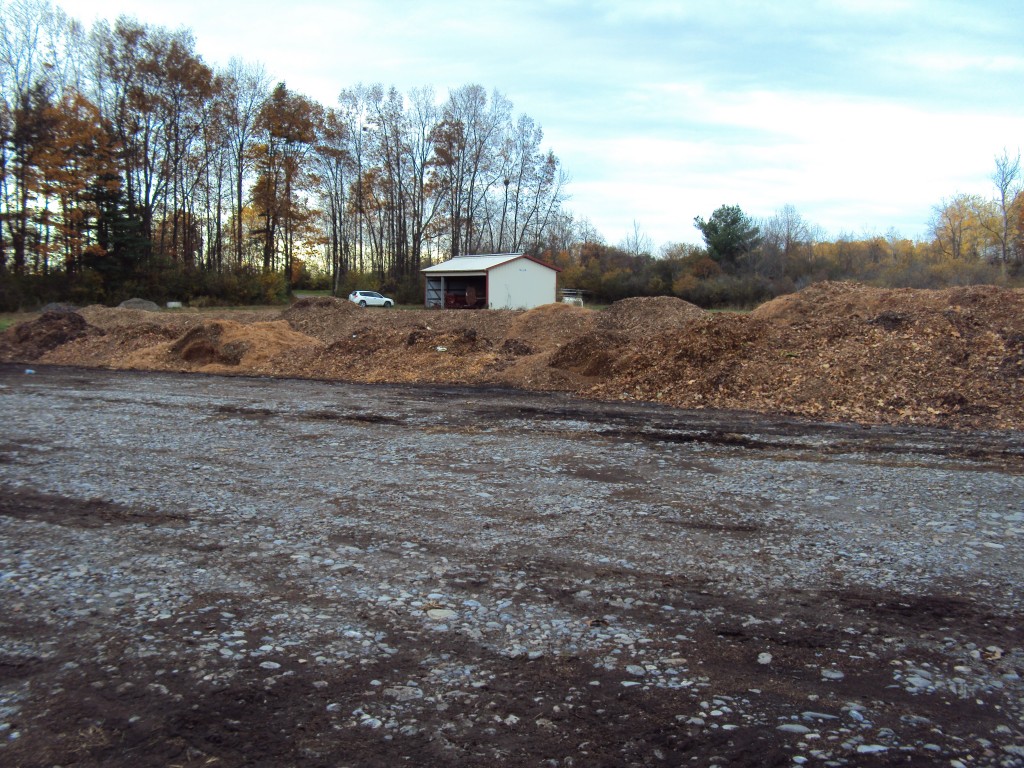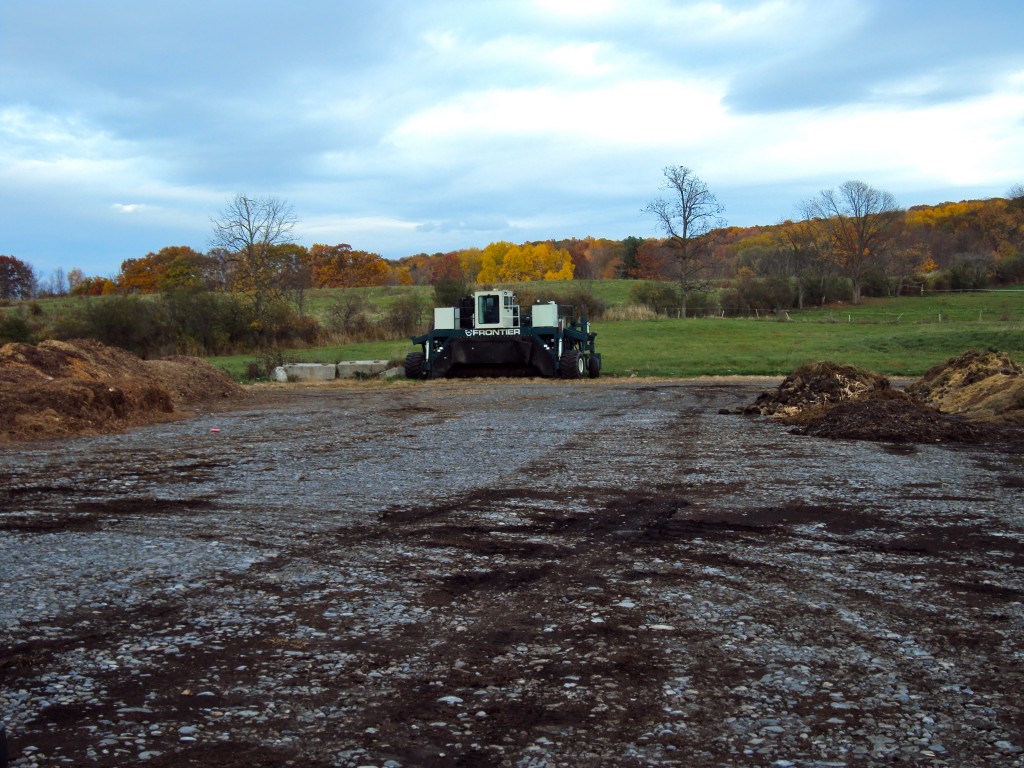One housemate armed herself with a can of fly repellent while another removed the small, covered trash bin from underneath our kitchen sink. She swiftly relocated the pungent bin of food waste to the front porch, her nose wrinkling in disgust. It had been one too many weeks since we’d emptied it, and the high density and moisture caused the contents to go anaerobic, leading to unplaesant odors from anaerobic metabolism.
I had been ecstatic when, in the fall of my senior year of college, our student Compost Club successfully received school funds to buy a collection tote from a commercial compost facility to place in Collegetown. Apartment-dwelling students could drop off their banana peels and squash rinds at a location closer to home than the public compost bins populating campus eateries. The collection program was a major stride in their efforts to divert food waste from landfills, and it was awesome (I tried convincing my apartment-mates likewise). With more frequent trips to the collection tote, though, we were free of the flies and odor that had plagued our kitchen. In my previous college residence, I was lucky to have a yard with a Darth Vader compost bin set up by previous residents. But when you don’t have a backyard or access to a curbside collection program, which describes the situation of most college students, composting as a means of waste reduction is quite difficult.
To make composting a little more accessible for students, the Duke University Greening Initiative (DUGI) recently launched a collection program in the Levine Science Research Center (LSRC), seeing room for improvement in the NSOE’s commitment to waste reduction. A compost container is now open for business on weekdays in the student lounge kitchen on the 1st floor of the LSRC A-wing. NSOE staff commended DUGI for their detailed plan, which involves student volunteers transferring the contents to the Blue Express collection bin at the end of each day. The indoor bins in the LSRC can be used for all food waste (dairy and meat are allowed) and napkins from now on- feel free to bring your compostables from home too. They’ve advised not to use the wooden compost bin outside the LSRC A-wing (by the courtyard) anymore, as it is not maintained and attracts more rodents than gardeners. The current indoor collection system is more of a temporary fix until the new Environment Hall is finished, where a more permanent solution can be implemented.


Locations for dropping off your food waste are in additional places around campus, and in the dining halls too. According to Duke Sustainability, all dining locations compost pre-consumer food waste (what doesn’t go into what you cook), while three dining locations (The Refectory, The Marketplace, and The Great Hall) also compost post-consumer food waste (what you leave on your plate). As for yard wastes generated on campus, the Grounds Unit reuses grass clippings, leaves, and tree trimmings as mulch. Durham offers curbside yard waste collection during the summer, too.
So, who picks up all this food waste from campus? Brooks Contractors transports the waste to Brooks Compost Facility in Goldston (about an hour away from Durham by car). Although the LSRC bin is only for food waste and napkins, Brooks accepts compostable ware (e.g., food containers, cutlery) listed here (they’re the same products accepted by Seattle’s curbside food and yard waste collection). What exactly is a compost “facility,” though? Before I had visited one last year, I imagined indoor conveyor belts and troughs of slow-spinning food waste surrounded by heaters. The actual thing was a bit simpler.
It was a crisp October day last fall as a small group of students gathered at our university’s own compost facility, a place I had run by a hundred times but knew little about. The facility collected wastes from the Vet School, the greenhouses, and campus dining. The wastes were stored in compost windrows (long rows), which varied from light brown to very dark brown in color depending on their state of decomposition. The piles were mixed by a windrow turner, and a leachate pond was located south of the piles to prevent contamination of water bodies. Mary Schwarz of the waste management department explained the microbial processes that break down organic matter and produced energy as heat. She could estimate by the age of the compost how warm it was inside. We watched as she stuck what looked like a giant meat thermometer into the side of a pile, and the dial crept up to 100 degrees F while I was stuffing my hands in my pockets for warmth.


Before compostable dining waste could make it into a windrow though, it had to be checked for contamination. If a certain percentage of non-compostable material was found in a public collection bin, all of the material was sent to the landfill instead. That is where the Compost Monitors stepped in. We helped students sort their wastes between “Compost,” ‘Recycling,” and “Landfill” bins at campus eateries to increase composting rates and decrease contamination. Education was vital, and efforts were also underway to minimize the hassle of sorting by purchasing only compostable food ware. I trust most NSOE students know what to compost, but it helps that the DUGI volunteers who empty the bin every day will be able to monitor it too.
If you don’t already compost, try bringing your food waste to the LSRC or start your own pile if you have a backyard. The EPA estimates that 20-30% of municipal waste is from food and yard wastes, and Duke students aim to increase the percentage of that waste that is diverted from landfills. Of course, source reduction (reducing post-consumer food waste) is a responsibility that precedes waste management (composting) in the broader goal of reducing waste. Composting the food scraps we can’t eat is an important component of waste management though, and if done correctly can produce a valuable soil amendment to keep the cycle going. So, where should that jack-o-lantern go once it’s well past Halloween this year? I think you know the answer.


Awesome! Thanks for this, Sarah — This is really helpful!